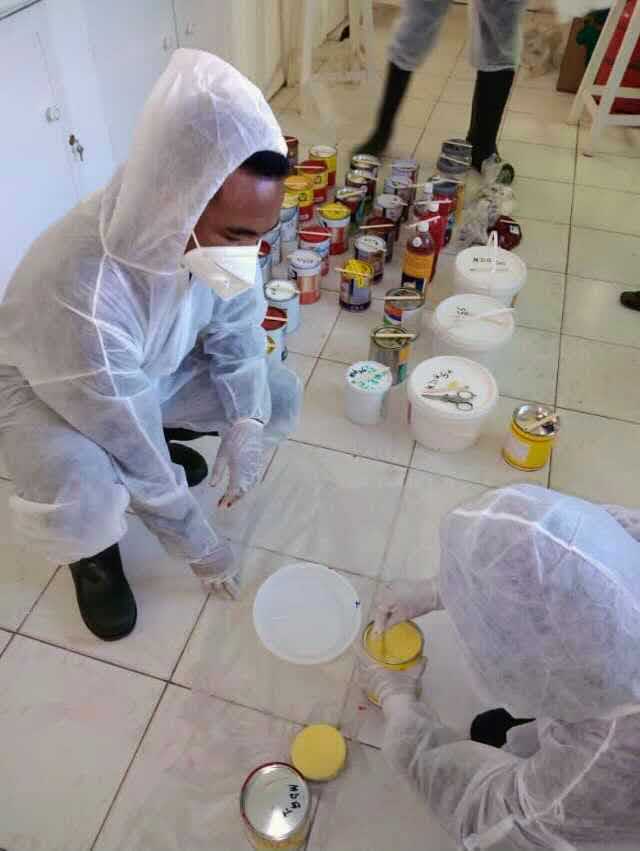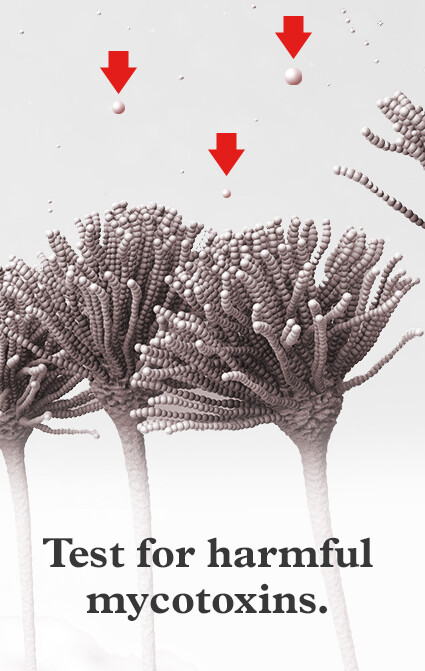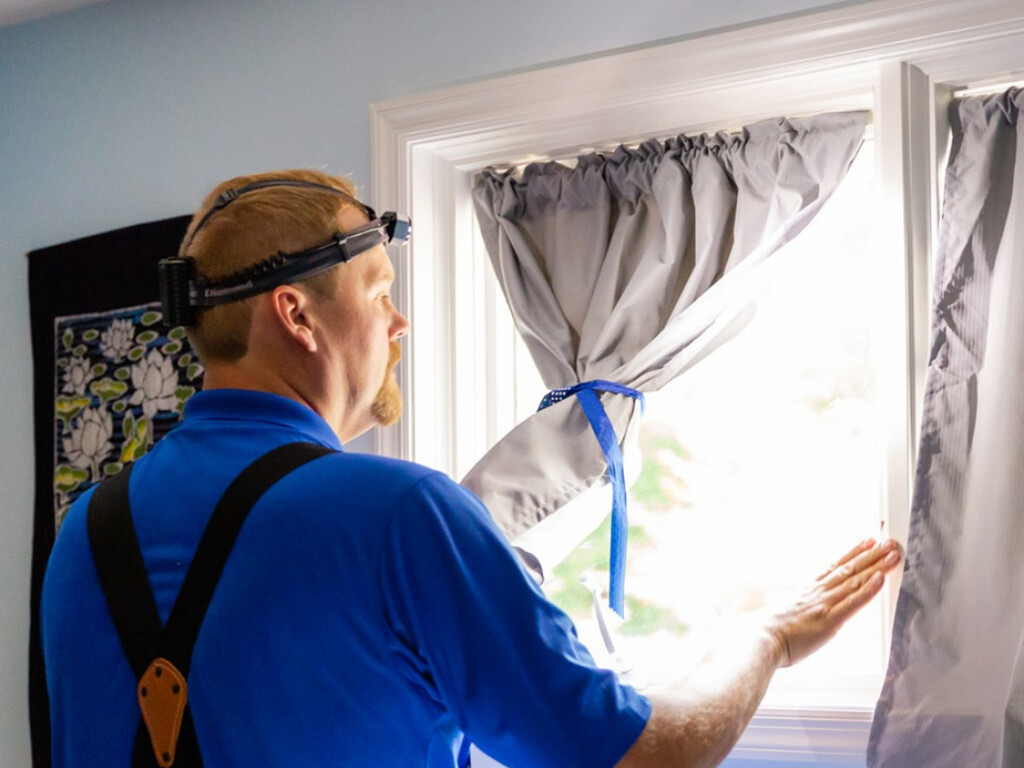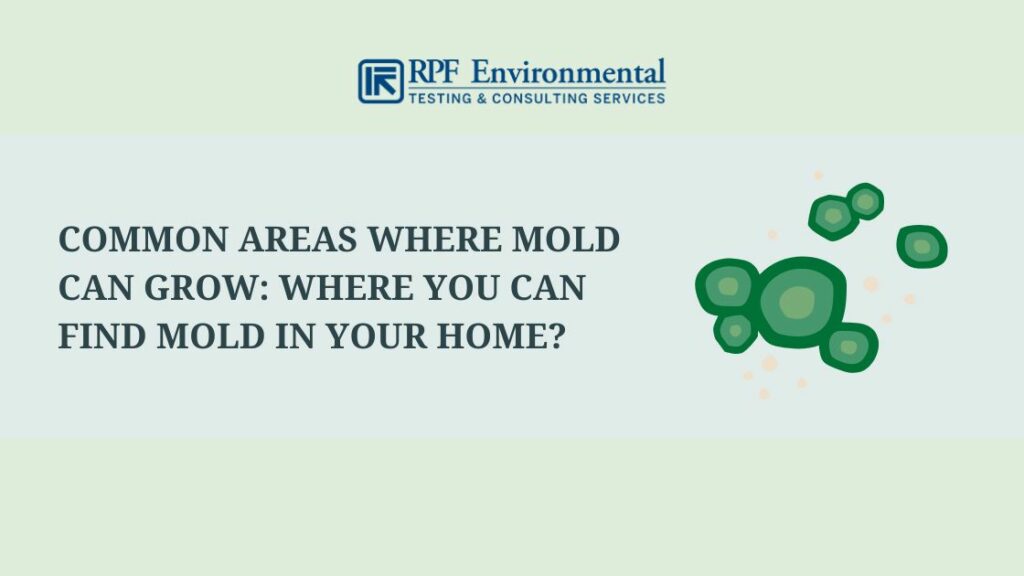Why Mycotoxin Screening Providers Are Crucial for Protecting Public Health
The value of mycotoxin screening solutions in guarding public wellness can not be overemphasized. Mycotoxins, poisonous substances produced by fungis, posture serious health risks such as liver damage and cancer cells when existing in food and feed.
Understanding Mycotoxins
Recognizing mycotoxins is essential for making sure food security and protecting public health. Mycotoxins are hazardous compounds created by specific kinds of fungis, frequently discovered in food and feed plants.
The visibility of mycotoxins in foodstuffs can endanger their safety and top quality. They are resistant to standard food processing strategies, thus continuing the food supply chain and presenting potential dangers. Regulatory bodies worldwide, such as the Food and Agriculture Company (FAO) and the World Health And Wellness Company (WHO), have actually set rigid limits on appropriate degrees of mycotoxins in foodstuff to minimize their unfavorable results.
Effective mycotoxin monitoring involves detailed tracking and screening to find and quantify their levels in farming items. This proactive technique aids in identifying polluted sets early, thereby avoiding their introduction right into the market. Carrying out rigorous mycotoxin controls is necessary for preserving food safety and security standards and protecting customer wellness.
Wellness Risks of Mycotoxins

Exposure to mycotoxins poses significant health threats to both animals and humans, demanding cautious surveillance and control actions. These harmful secondary metabolites, created by particular fungis, can pollute food and feed, leading to severe and chronic health and wellness issues. In human beings, mycotoxins such as aflatoxins, fumonisins, and ochratoxins can create a variety of unfavorable results, consisting of liver damage, kidney poisoning, immune suppression, and also carcinogenic effects. For example, aflatoxins have actually been classified as Team 1 carcinogens by the International Agency for Study on Cancer Cells (IARC), indicating a proven link to liver cancer.

Provided these severe health and wellness consequences, it is imperative to carry out robust mycotoxin testing methods. Accurate detection and quantification of mycotoxins in food and feed are vital to alleviate wellness threats and make sure animal and public security.
Common Sources of Contamination

Along with grains, nuts such as pistachios, almonds, and peanuts are very susceptible to mycotoxin contamination. Aflatoxins, a powerful form of mycotoxin, are generally found in these nuts, specifically when storage conditions are suboptimal. Dried out fruits, including apricots, figs, and raisins, likewise existing fertile premises for fungal development due to their high sugar material and moisture-retaining residential or commercial properties.
In addition, contamination is not limited to raw farming items. Processed foods, animal feeds, and milk items can also consist of mycotoxins if the first ingredients were contaminated. This prolongs the threat of direct exposure throughout the food supply chain, necessitating strict surveillance and control actions.
Understanding the typical sources of mycotoxin contamination is critical for implementing effective preventative techniques. Alleviating these threats at the resource can significantly decrease the incidence of mycotoxin-related health and wellness problems, securing public wellness.
Examining Protocols and methods
Advanced analytical techniques are used to detect and quantify mycotoxins in various substratums, making certain public health safety. High-Performance Fluid Chromatography (HPLC) combined with mass spectrometry (MS) is a gold standard in mycotoxin testing, providing high sensitivity and uniqueness.
An additional extensively utilized method is Enzyme-Linked Immunosorbent Assay (ELISA), which supplies fast screening and is cost-effective for huge sample quantities - Mycotoxin testing Services. ELISA sets are beneficial due to their convenience of use and fast turnaround time, making them suitable for on-site screening
Testing methods are similarly vital. Proper tasting ensures that the accumulated specimens are depictive of the entire set, thus minimizing the danger of incorrect negatives or positives. Adherence to developed guidelines, such as those given by the International discover here Organization for Standardization (ISO) and the European Board for Standardization (CEN), is vital for maintaining uniformity and reliability across screening practices.
Extensive recognition of these procedures and methods is vital. It ensures reproducibility and accuracy, thus strengthening the honesty of mycotoxin management systems.

Benefits of Regular Evaluating
In the realm of food safety and security and agricultural quality control, the advantages of routine mycotoxin testing can not be overemphasized. Consistent screening makes sure that agricultural items meet safety and security requirements, thereby shielding consumers from the harmful impacts of mycotoxins, that include liver damages, immune suppression, and also cancer cells. By determining infected batches early, normal testing enables for timely intervention, protecting against such products from getting in the food chain.
In addition, routine mycotoxin screening is pivotal for preserving the stability and online reputation of food producers and suppliers. Companies that commit to regular screening show their devotion to public health and wellness Continue and food security, therefore acquiring consumer count on and commitment. This positive method can also alleviate economic losses related to product remembers, lawful liabilities, and potential trade constraints.
Regular mycotoxin testing ensures adherence to global and nationwide standards, assisting in smooth trade operations and market access. Ultimately, normal mycotoxin screening not only safeguards public health and wellness but also strengthens the financial security and worldwide competitiveness of the agricultural field.
Final Thought
Mycotoxin testing services play a crucial duty in public health and wellness security by identifying and minimizing the dangers positioned by toxic fungal substances in food and feed. By finding contamination early, these services prevent significant health and wellness issues such as liver damages and cancer, making certain conformity with regulatory standards. Normal testing boosts consumer trust fund, supports the integrity of the farming sector, and inevitably adds to the guarding of food security and public wellness.
The importance of mycotoxin screening services in guarding public health can not be overemphasized.Recognizing mycotoxins is crucial for making sure food safety and securing public health and wellness. Mycotoxin testing Services. Regulative bodies worldwide, such as the Food and Agriculture Company (FAO) and the Globe Health Organization (THAT), have actually set stringent limitations on acceptable degrees of mycotoxins in food items to mitigate navigate to this site their adverse results
Ultimately, routine mycotoxin screening not only secures public wellness but likewise strengthens the financial stability and worldwide competition of the farming sector.
Mycotoxin testing services play an essential function in public wellness defense by identifying and reducing the risks posed by hazardous fungal substances in food and feed.